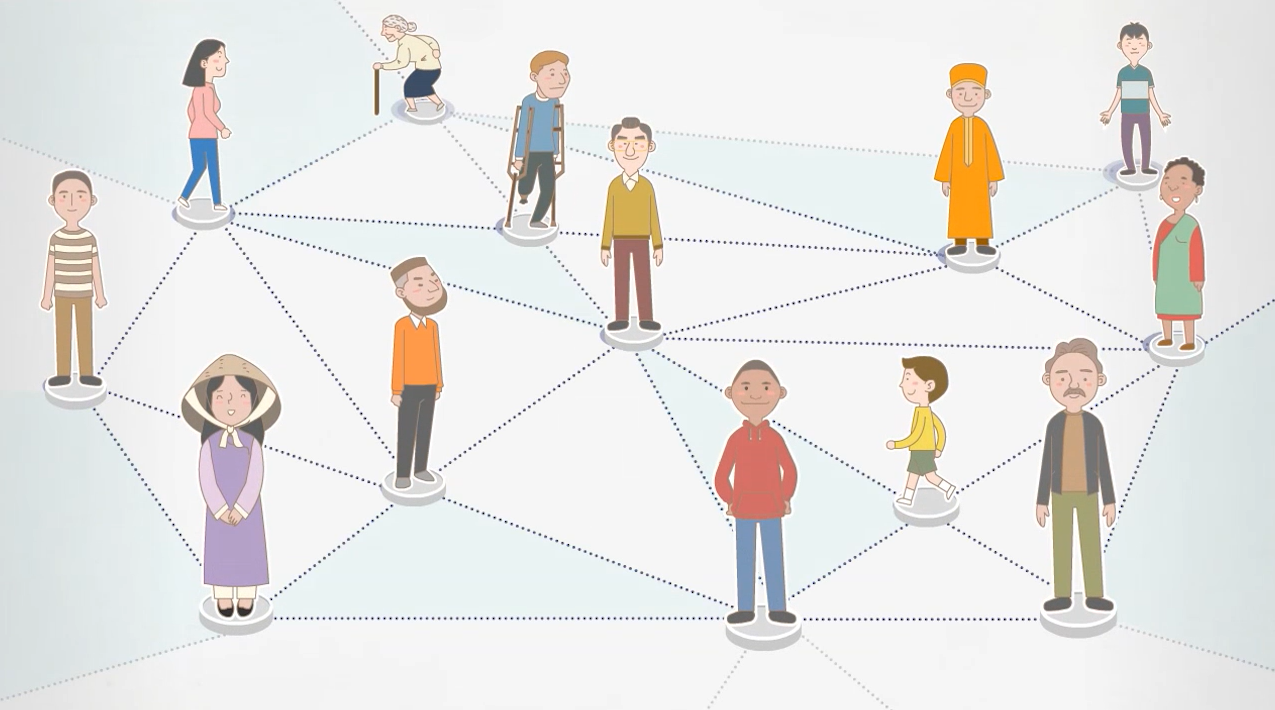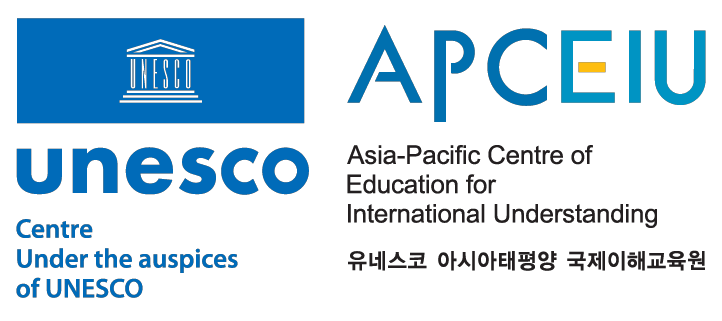Divided among 12 chapters, this course starts with a description of the web of life that anticipates how we live in an interconnected world for survival. Martin Luther King Junior's quote 'We are all caught in an inescapable network of mutuality, tied into a single garment of destiny' escorts further this anticipation. It also calls for the need of interconnectedness for sustainable peace. Besides, there are some challenges that the concept of interconnectedness needs to tackle with viz. reducing poverty, inequality, wealth gap, child labor, women's unpaid work, cyber bullying, unsustainable lifestyle, forceful displacement that includes both refugees and Internally Displaced Population (IDPs).
The modern world urges for the transformation, to tresspas the conventional domain of literacy and numeracy. Transformation from education in terms of job. skill, career, work and opportunity to more Humanistic Approach that includes respect for life and dignity of self, other and nature marks a new marks a paradigm shift in education. Ban Ki Moon Global Education First Initiative, UN 2012 that planted the root of GCED calls for the paradigm shift in education, highlighting Knowledge, Skill, Value and Attitude as core components of education. The modern education approach should go in line with societal transformation thereby incorporating universal values of equal rights and social justice, respect for cultural diversity, international solidarity and shared responsibility. Education must teach shared responsibility for shared future.
Education for All (EFA) 1990, Millennium Development Goals (MGDs), Global Education First Initiative (GEFI) and GCED integration in Sustainable Development Goals (SDGs) paved way for GCED. The initiative of developing 21st century conducive education culminates in 2015 World Education Forum held in Incheon, Republic of Korea. Education 2030 recognizes GCED as an integral part of quality education that helps learners respond to the local and global issues. GCED components are incorporated in Sustainable Development Goals. The fourth among the four features of SDG 4 stresses the need of global citizenship education. It is the first global educational goal that appeals for the global citizenship education. UNESCO's dialogue with education stakeholders to incorporate GCED has got an impetus.
The initiative of Garry Davis, a World War 2 US pilotbomber's self realization that the absence of nation state leads to the absence of war urges him to renounce his US citizenship and announce himself a global citizen. Garry challenged the concept of country and boundary. In 1953 he established the world government of world citizens and more than a million world citizenship cards were issued. Dr. TOH Swee-Hin's analogy of GCED as a river thta has many tributaries aptly describes its multifacatedness. Similar to other academic disciplines, GCED entails three dimensions: cognitive, socio-emotional and behavioral. This chapter also stresses the urge for 'learning to live together', among the four pillars of learning.
As a teacher, teacher trainer and textbook writer, having knowledge of GCED can be beneficial for me. Being holistic and transformative, implementation of GCED components and pedagogies in the classroom gives an impetus to go away the conventional pedagogy. Dialogue and participation, engagement of the learners in critical thinking, incorporation of real life scenario and issues in the classroom, multimodal engagement, critical empowerment, etc. can be very useful to bring transformation in the classroom.




